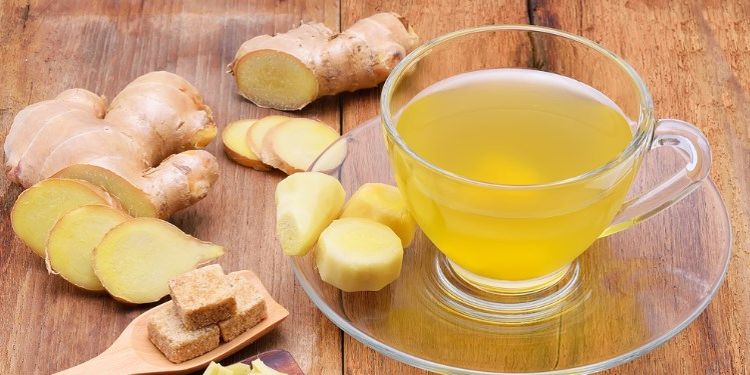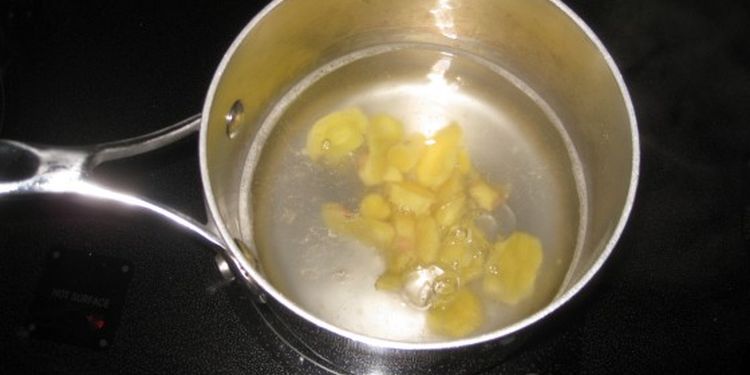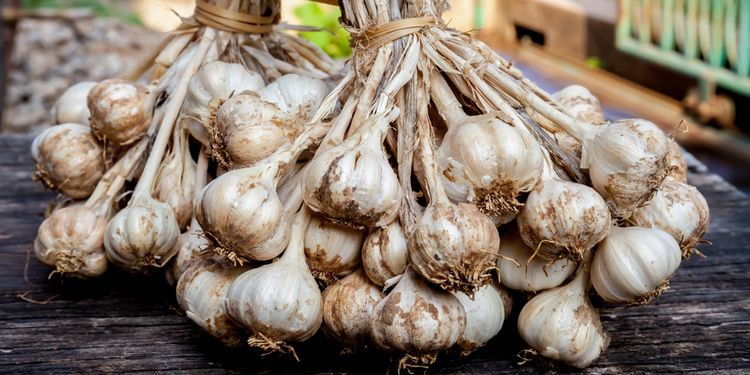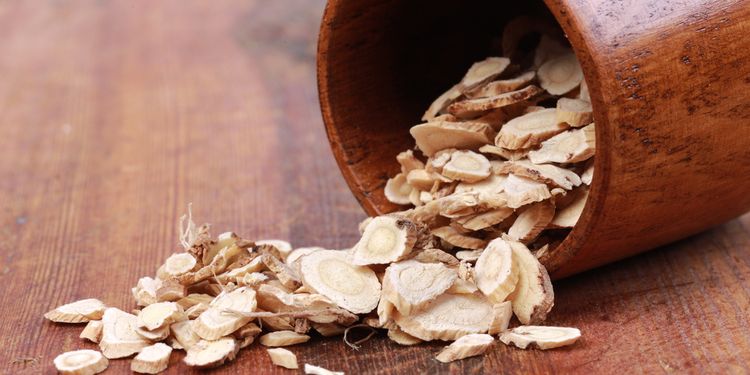These 4 Plant-Derived Remedies Will Kick Your Cold Fast

It’s that time of year again when people start catching the common cold with greater frequency. Here’s the problem with colds— the rhinoviruses that cause them are numerous and spread so easily through the air or contact that it’s tough to avoid them. Your body ends up being bombarded by new or slightly different viruses each year, and you wind up catching a cold.
You might turn to over-the-counter cold medicines, but they’re only providing temporary relief from symptoms. When the medicine wears off, you may feel even worse than before!
The only way to cure the common cold is to kick your immune system into high gear so it can kill off the offending viruses. Getting plenty of rest and eating an overall balanced diet will help keep your immune system in good working order. But if you want to give your system a turbo-boost, there are four tools that I find to be really helpful. They’re also easy to get and easy to use.

Echinacea
What is Echinacea? Many people like to grow purple coneflowers in their gardens and flower beds without ever realizing they’re growing echinacea! The genus Echinacea, which is in the daisy family, consists of nine different species of purple coneflowers. Native Americans, particularly tribes in the Great Plains, have been using echinacea as an herbal remedy for more than 400 years. It was well-known for its ability to help ward off many kinds of sicknesses, but it was rapidly eclipsed by antibiotics when they came along.
How Does It Help? 400 years ago, the Native Americans using echinacea only knew that it worked. Thanks to the wonders of modern science, we now have a much better understanding of why it works. Echinacea has significant amounts of a number of powerful immune system stimulators, including flavonoids, polysaccharides, inulin, essential oils, and vitamin C. In Germany, where herbs are under government regulation, echinacea is a government-approved natural remedy for colds, urinary tract infections, upper respiratory tract infections, and slow-healing wounds.
How Do You Use It? When you feel yourself coming down with a cold, start up a robust echinacea regimen. If you opt for tablets, choose one that contains around 6.78 milligrams of echinacea extract, and take two tablets three times daily. If you purchase it as a root tincture, take 900 milligrams daily. If you decide on an echinacea tea, drink 5-6 cups on the first day of your cold, and then just one cup a day from there on out.

Ginger
What is Ginger? Most people have a good idea what ginger is— that light brown knotted root you can buy in grocery stores. It comes from the Zingiber officinale plant, native to southeastern Asia, which explains why it features prominently in Asian cuisine. However, it’s also grown nowadays in Australia, Africa, and the Caribbean. In Asia, the cultivation of ginger dates back more than 4,400 years.
How Does It Help? Ginger has been used in cooking for thousands of years, but its medicinal uses date back just as far in ancient China, India, Arabia, Greece, and Rome. It became initially known as a relief for nausea, indigestion, and as an anti-inflammatory. Many people drink ginger ale when their stomach is feeling upset. It can also provide a nice boost to your immune system when you’re suffering from a cold.

How Do You Use It? Ginger is available in many forms, including fresh, honey-based ginger syrups, capsules that have powdered ginger extract in them, crystallized ginger, and alcohol extracts. But the easiest way to get ginger’s immune-boosting benefits when you’re fighting a cold is to drink ginger tea.
Keep in mind that ginger does appear to have blood-thinning properties, so if you’re currently taking a blood thinner or anticoagulant, use caution. If you take too much ginger, you might also experience heartburn or diarrhea. In general, don’t take more than four grams per day.
To make a ginger tea to help you battle a cold, use two cups of water to brew a tea with a one-inch piece of ginger that you’ve peeled and grated. Bring the water and ginger to a boil, then reduce the heat and let it simmer for five minutes. Strain it, add some fresh lemon and a bit of honey, and enjoy!

Garlic
What is Garlic? Don’t you just love the taste of garlic in your favorite dishes? Garlic, or Allium sativum, is closely related to other garden favorites such as onions, leeks, shallots, and chives. It has been consumed by people for well over 7,000 years, and it’s a frequently used staple in the Mediterranean region and throughout Europe as well as in Africa and Asia.
How Does It Help? Garlic has become well-known for its antibacterial and antibiotic properties. Studies have shown that people taking a garlic supplement for 12 weeks not only got 60% fewer colds, they also got over colds faster than people who didn’t use garlic.
How Do You Use It? You can get plenty of garlic by including lots of it in cooking, but if you want a more concentrated dose to give a boost to your immune system when fighting a cold, eat a raw clove each day. If the clove is big, you can cut it in half, but the idea is to put the clove in your mouth, bite down on it once to release its allicin (the juice that gives garlic its odor and contains its immune-boosting properties), and then wash it down with water as if you were taking a pill. You might smell of garlic when you do this, but it’s totally worth the benefits you’ll get. If it’s too intense for you, garlic capsules are an acceptable alternative.

Astragalus
What is Astragalus? Astragalus membranaceous is a plant in the same legume family as peas whose roots contain powerful immune-boosting agents, which is why it has long been used in traditional Chinese medicine for fighting illnesses.
How Does It Help? Besides being rich in antioxidants that help your body get rid of toxins, astragalus also has antiviral properties that stimulate the immune system to help prevent and treat the common cold. These benefits come from its saponins, flavonoids, and polysaccharides.
How Do You Use It? Check your local health food store or Chinese grocery to see if they sell slices of dried astragalus root. If so, you can use it like ginger in tea or add it into soups as well. You can also find astragalus in other forms, including liquids, tablets, and capsules. Just follow the recommended dosing on the package. Astragalus is non-toxic and is a great herb to use regularly for long-term immune system strengthening.

Summary
When you feel a cold coming on, you don’t have to resign yourself to being sick for days and days; you can fight back with four easy-to-use herbs: echinacea, ginger, garlic, and astragalus. Cook with lots of garlic and ginger, eat raw garlic, and make teas with echinacea, ginger, and astragalus to give a powerful boost to your immune system that will help you get over a cold faster and possibly keep you from catching one in the first place!
